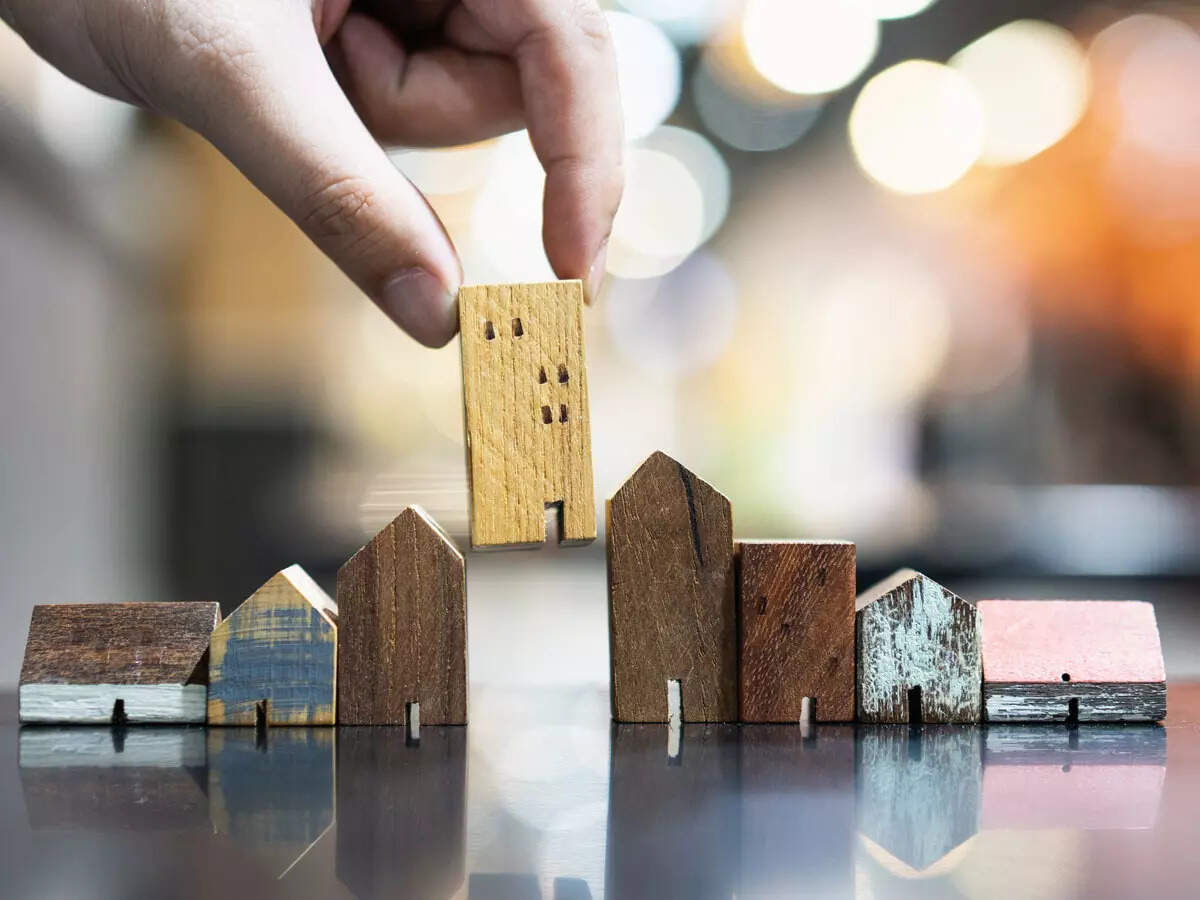Life in a 95-sq-foot apartment! How tinier living spaces are taking over Tokyo


TOKYO: At the end of a long day at work in the offices of Japan‘s professional baseball league, Asumi Fujiwara returned to her apartment and changed into pajamas. She wanted to get in a light workout before going to bed, so she placed her vinyl yoga mat on the floor in front of the toilet, rolling it past the single kitchen burner and the one-slot toaster and toward the foot of her desk.
After a bit of stretching, she stood to get into the warrior position. Instead of extending her arms fully, though, she pulled her elbows into her sides. “I need to modify my poses or else I will hit something,” Fujiwara, 29, said.
Such is life in a 95-square-foot Tokyo apartment.
With its high property prices and the world’s most populous metropolitan area, Tokyo has long been known for small accommodations. But these new apartments – known as three-tatami rooms, based on how many standard Japanese floor mats would cover the living space – are pushing the boundaries of normal living.
A real estate developer, Spilytus, has been leading the charge toward ever-tinier spaces. It has been operating these shoebox apartments since 2015, and with more than 1,500 residents now in its 100 buildings, demand has remained strong.
While the units are half the size of an average studio apartment in Tokyo, they have 12-foot ceilings and an attic-like loft for sleeping. They are also stylish, with pristine white floors and walls, and with some efficient arranging, it is possible to squeeze a washing machine, a fridge, a sofa and a work desk inside.
The apartments are not for those on a really tight budget. Cheaper apartments can be found, though they are usually decades old. But the microapartments, which rent for $340 to $630 a month, are a couple hundred dollars less than other studio apartments in similar areas. And they are situated near trendy locations in central Tokyo like Harajuku, Nakameguro and Shibuya, which are generally quite expensive, with luxury boutiques, cafes and restaurants. Most of the buildings are close to subway stations – the top priority for many young people.
Over two-thirds of the buildings’ residents are people in their 20s, who in Japan earn on average about $17,000 to $20,000 a year, according to government data. (Wages in Tokyo are on the higher end.) Some are drawn by the minimal initial fees and the lack of a deposit or “gift money” – a nonrefundable payment to the landlord that can be as much as three months’ rent – for many rentals.
The small spaces work for the lifestyle of many young Japanese. In Japan, it is not customary to host guests in homes, with nearly one-third of Japanese people saying they have never had friends over, according to a survey by Growth From Knowledge, a data provider for the consumer goods industry.
Fujiwara has not even had her partner over in the nearly two years she has been living in her apartment. “This space is for me,” she said.
Many Japanese, young and old, also work long hours, leaving little time to spend at home. And a growing share of people in Tokyo are living alone, making smaller spaces more desirable. Such people are more likely to eat out, or grab one of the many premade meal options from convenience stores or groceries, so a full kitchen is less necessary.
Yugo Kinoshita, 19, a college student who works part time making beef bowls at a chain restaurant, is among those for whom an apartment is little more than a place to sleep.
By the time his shift is over, it is an hour to midnight and he is exhausted. He eats his free staff meal, goes to a “sento” public bath and passes out the second he gets back to his Spilytus unit. His days otherwise are filled with doing schoolwork for his degree in nutrition and seeing friends.
When he does spend some waking hours at home, the box that acts as a TV stand transforms into a study desk and kitchen counter. To clean the floor, all he needs is a lint roller.
Even after having had to bid a teary-eyed goodbye to his collection of Nike Dunks because there was no place for them, Kinoshita said that at this point in his life, “I wouldn’t live anywhere else.”
For some residents, the tiny apartments offer a gateway to long-deferred independence.
Two years ago, Kana Komatsubara, 26, started looking for an apartment so she could finally move out of her parents’ home in the suburbs of Tokyo.
She wanted a recently built space, easy access to work, and a toilet and a shower in separate rooms (a common request in Japan) – all within her relatively tight budget. She was not necessarily looking for a microunit, but her search led her to a Spilytus apartment.
“Of course, the bigger the better. It never hurts to have a larger space,” she said. “This was simply the best option for me at the time.”


